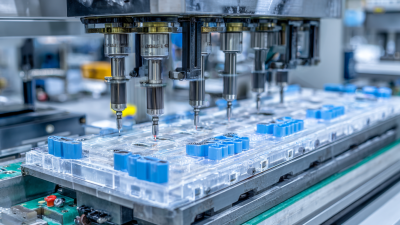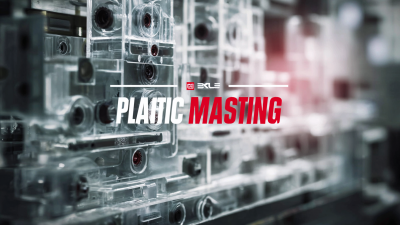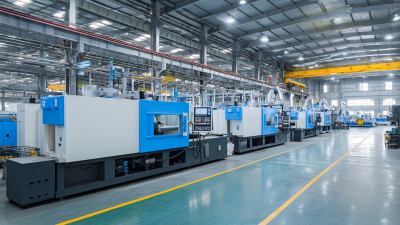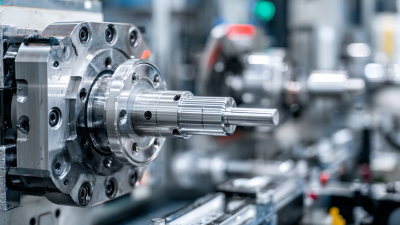Injection molding is a critical manufacturing process widely used in various industries, with estimates indicating it accounts for over 30% of plastic production in the United States alone. As businesses strive for efficiency and cost-effectiveness, selecting the right injection molding process is paramount for project success. According to a recent report by the American Society of Plastics Engineers, the global injection molding market is expected to grow by a compound annual growth rate of 4% over the next five years, highlighting its significance in modern manufacturing strategies. Choosing the appropriate injection molding method not only impacts production speed and cost but also affects the overall quality and design flexibility of the final product. With numerous factors to consider, including material compatibility, tooling requirements, and production volume, understanding the intricacies of different injection molding processes can lead to optimized outcomes and significant competitive advantages.
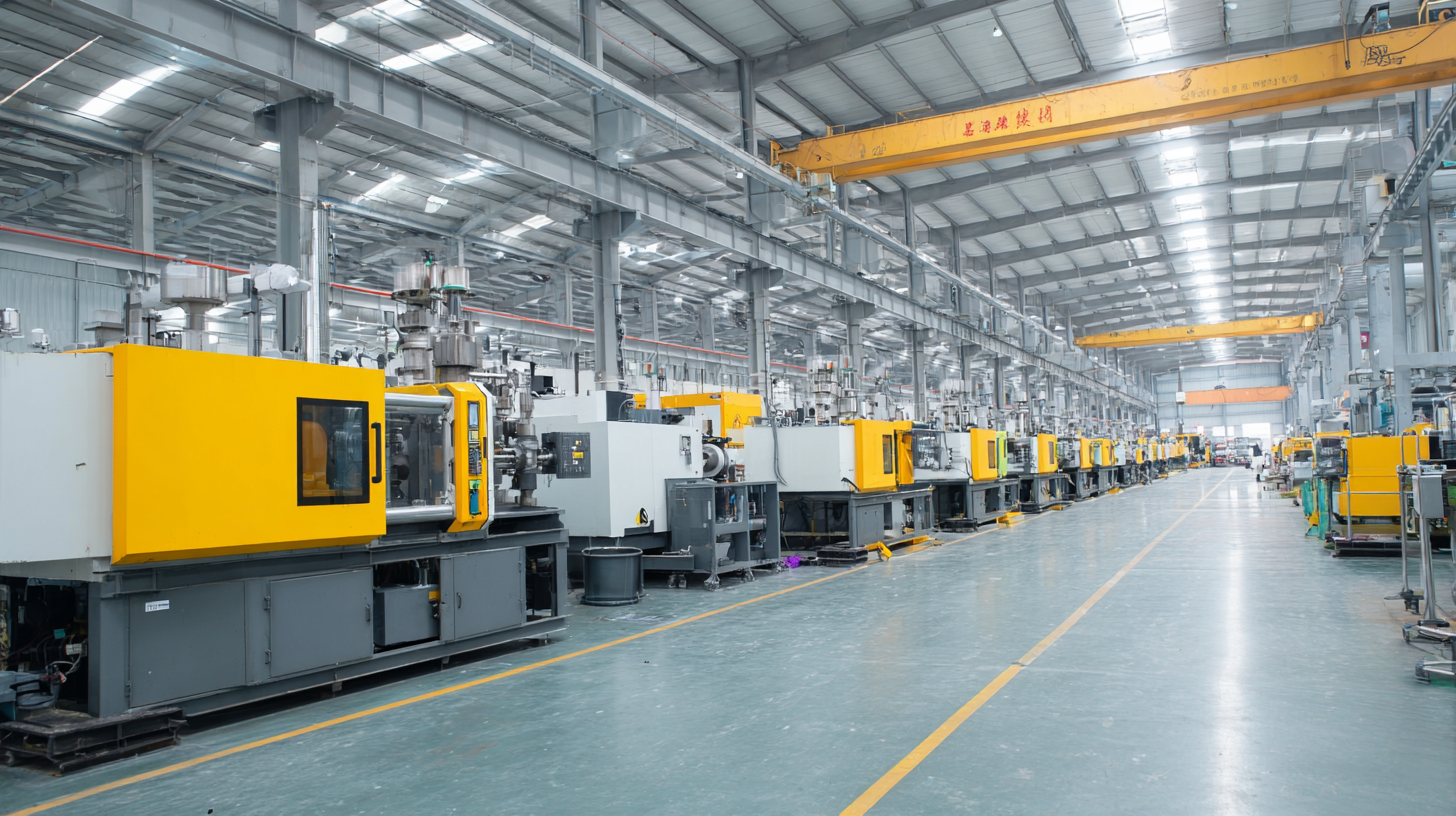
Injection molding is a popular manufacturing process used to create various plastic products, but selecting the right method can be daunting. Understanding the basics of injection molding processes is essential for making informed choices that align with your project's requirements. Factors such as material selection, production volume, and design intricacies play a significant role in determining the most suitable approach.
One tip to consider is the material compatibility with the injection molding process you are evaluating. Different materials have distinct characteristics, such as melting temperatures and flow rates, influencing their suitability for specific processes. Additionally, you should assess your project’s expected production volume. If you need high output, techniques like multi-cavity molds can enhance efficiency and reduce per-unit costs.
Another important tip is to evaluate the design complexity of your parts. Complex designs may require specialized molds or processes, such as gas-assisted injection molding, to achieve the desired outcome. By taking these factors into account, you can navigate the selection process more effectively and find the injection molding solution that best meets your needs.
| Process Type | Description | Suitable Materials | Production Volume | Cost-Effectiveness |
|---|---|---|---|---|
| Standard Injection Molding | Most common method, suitable for large scale production. | Thermoplastics, Thermosetting plastics | High | Cost-effective for high volumes |
| Gas-Assisted Injection Molding | Uses gas to reduce material usage and weight. | Polypropylene, Polystyrene | Medium | Higher cost per part but less material waste |
| Insert Molding | Integrates inserts into molded parts during the process. | Metal, Plastic | Low to Medium | Effective for complex assemblies, but setup can be expensive |
| Multi-Cavity Molding | Multiple identical parts produced in a single cycle. | Various thermoplastics | High | Economical for high-volume production |
| Blow Molding | For hollow parts, uses air pressure to form the material. | PET, HDPE | Medium to High | Low-cost for large hollow parts |
When embarking on an injection molding project, one of the key factors to consider is material compatibility, as it can significantly influence the performance and durability of the final product. According to a report by the Freedonia Group, the global demand for plastics in injection molding is projected to reach 25 million tons by 2025, emphasizing the essential role of selecting the right materials for specific applications. Selecting compatible materials can enhance the mechanical properties, thermal stability, and chemical resistance of the molded parts, ultimately leading to improved performance and longevity.
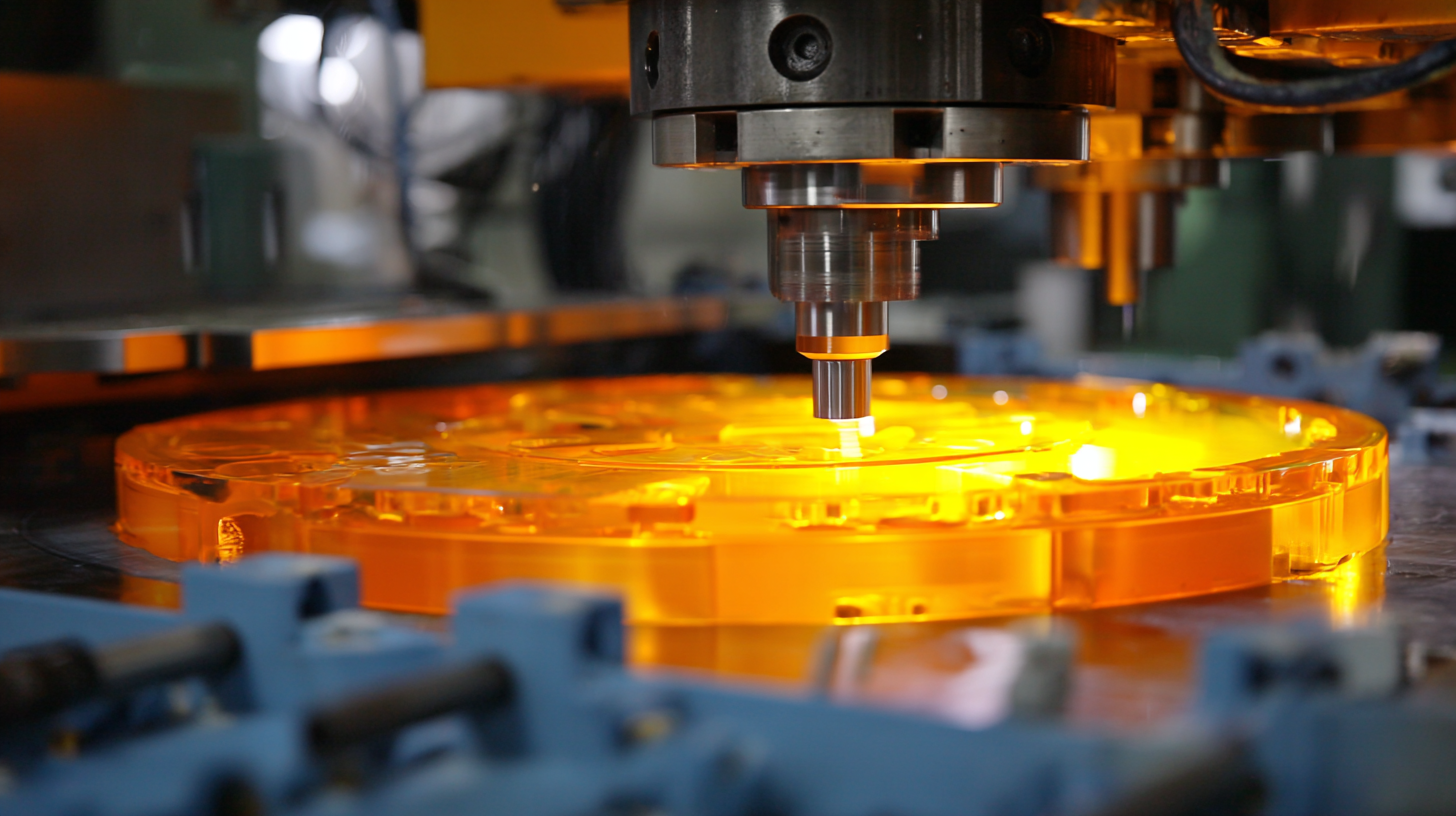
Tips: Always conduct a thorough assessment of the material’s properties, including tensile strength, melt flow index, and temperature resistance. Additionally, consider the environmental factors the end product will face, as this can dictate the choice of materials. Collaborate with suppliers and manufacturers to gain insights into material behavior during the injection molding process, which can inform better decision-making.
Further, it’s crucial to recognize the implications of additives and fillers in modifying the properties of base materials. A study from Plastics Technology shows that incorporating the right additives can enhance not only the functional properties but also the aesthetic appeal of the final product. Ensure that the materials chosen not only meet performance standards but also comply with industry regulations relevant to your specific application.
When selecting the right injection molding process for a project, cost analysis becomes a critical factor for budget optimization. Different injection molding techniques can significantly influence production expenses, leading to a comprehensive evaluation of available options. For instance, traditional injection molding often incurs high initial setup costs but may offer efficiencies in large-volume production. In contrast, methods like water-assisted injection molding (WAIM) might reduce material usage, leading to lower costs while achieving desired component specifications. Evaluating these methods helps companies determine which process aligns best with their financial constraints and production goals.
Moreover, advancements in simulation software enhance decision-making by allowing manufacturers to refine their approach before actual production. By employing cloud-based and on-premises solutions, businesses can run cost simulations based on various injection molding techniques, assessing factors such as equipment downtime and material costs. This proactive analysis enables more accurate budget predictions, ultimately leading to improved resource allocation and reduced waste. As companies explore lightweight materials and sustainable alternatives, understanding the financial implications of each molding technique becomes essential for long-term success in the competitive manufacturing landscape.
This chart compares the costs of various injection molding techniques to help you choose the right process for your project. The costs are represented in USD per unit produced.
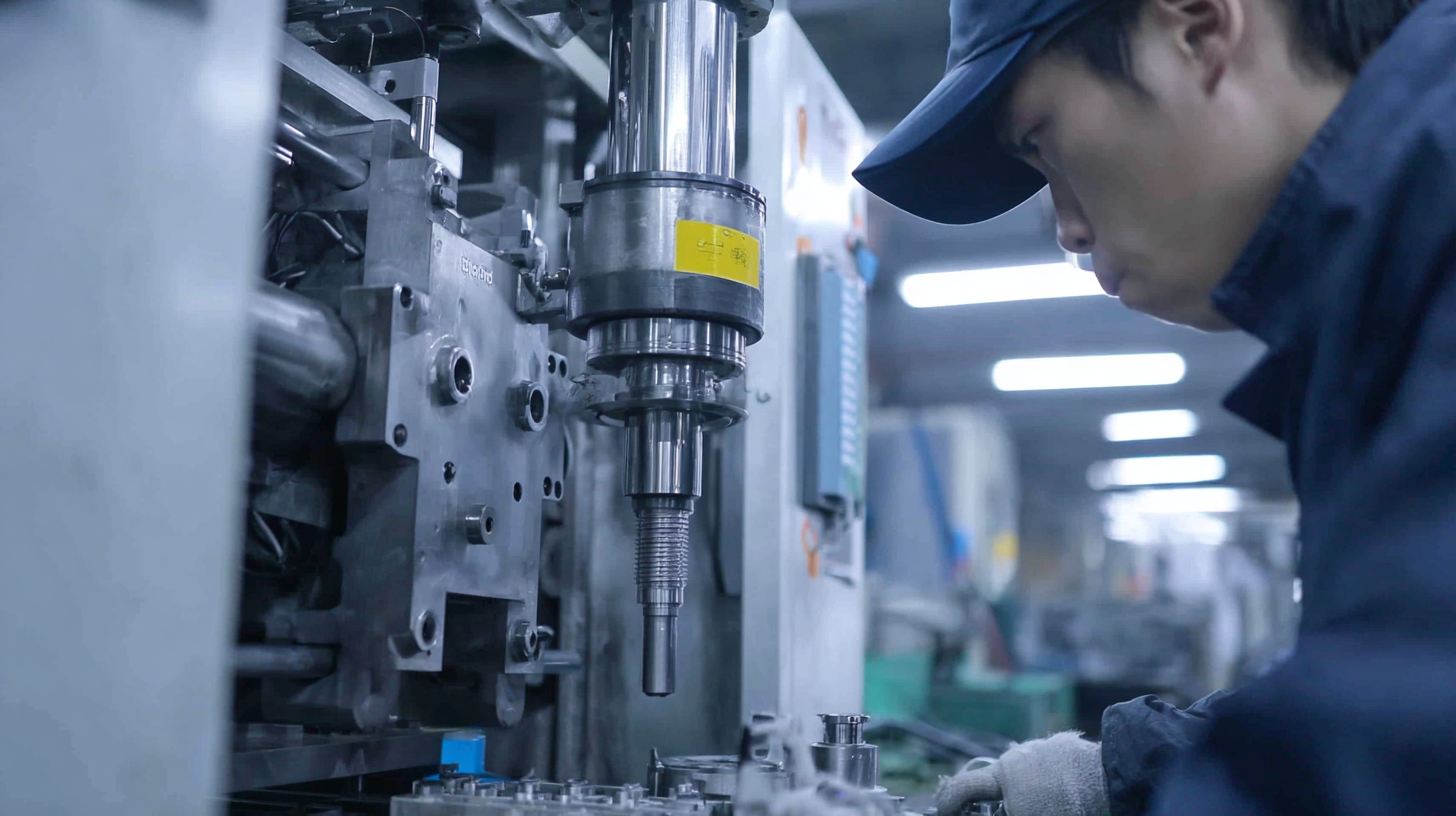 When considering an injection molding process for your project, assessing production volume needs is crucial in determining the most effective method.
High-volume production typically favors methods such as conventional injection molding, where the efficiency of mass production can significantly reduce per-unit costs.
This method is ideal for projects requiring thousands of identical parts, as the initial setup costs can be absorbed over a larger number of units, resulting in significant cost savings.
When considering an injection molding process for your project, assessing production volume needs is crucial in determining the most effective method.
High-volume production typically favors methods such as conventional injection molding, where the efficiency of mass production can significantly reduce per-unit costs.
This method is ideal for projects requiring thousands of identical parts, as the initial setup costs can be absorbed over a larger number of units, resulting in significant cost savings.
Conversely, low to medium production volumes may benefit from alternative methods like short-run injection molding or even 3D printing.
These approaches can provide greater flexibility and lower initial investment.
Short-run injection molding is suitable for projects where the need for rapid prototyping and quick iterations is essential, allowing businesses to test designs without committing to large-scale production immediately.
By thoroughly analyzing these production volume requirements and matching them to the appropriate injection molding technique, companies can optimize their manufacturing process and achieve their project goals efficiently.
The injection molding industry has witnessed significant technological advancements that can greatly impact project outcomes. One key innovation is the development of smart manufacturing technologies, which leverage data analytics and IoT to optimize production processes. According to a recent report by MarketsandMarkets, the global smart manufacturing market is expected to grow at a CAGR of 12% from 2021 to 2026, indicating a strong trend towards automation and real-time monitoring in injection molding. These technologies enhance efficiency, reduce waste, and ultimately lead to higher quality products.
Another noteworthy advancement is the emergence of bioplastics and sustainable materials in injection molding. A report by Smithers Pira predicts that the bioplastics market will reach 2.43 million metric tons by 2024, driven by increasing consumer demand for environmentally friendly products. By incorporating these sustainable alternatives, manufacturers can not only meet regulatory requirements but also appeal to a growing demographic of eco-conscious consumers. Integrating such technologies can significantly enhance the sustainability profile of new projects, making it crucial for companies to stay informed about these developments when choosing their injection molding processes.
